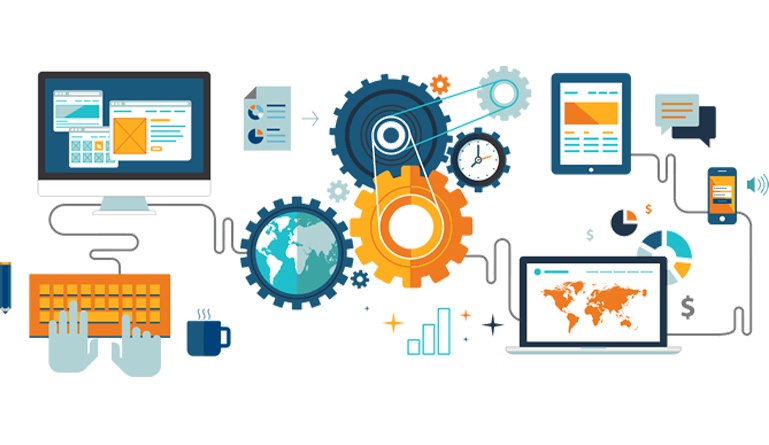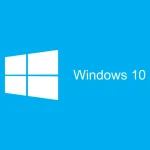Several trends are leading the software asset management industry into the future. In fact, the software asset management market has grown continuously over the past few years. Experts expect this significant growth to continue through 2025 and beyond. Given the current economic environment, this rapid, exponential industry growth is fueled by strong market share, growth rate, and major application outlook. As a software asset management (SAM) industry professional, you should leverage some of these trends to formulate better business plans and make more informed decisions. In this post, we will discuss the significant trends changing the software asset management industry.
Increased Capabilities
Increasing SAM capabilities leads the industry to take on a new market outlook. Software asset management processes oversee, manage, and optimize the licenses of all software assets your business controls. This way, your software solutions become faster, more agile, and available to focus directly on customer-based initiatives. Additionally, the best SAM processes provide increased visibility on how each license helps or hinders businesses, while maintaining regulatory compliance. Moreover, companies can visualize SAM’s significant cost reductions using these visualizations, dashboards and reports. Surely, an increasing number of robust capabilities provide one trend changing the software asset management industry.
Enterprise Solution Vendors
Second, many enterprise solution vendors are driving SAM industry growth and change throughout the world. These solutions carefully evaluate the basic requirements for accurate license entitlement and consumption in more detail. Additionally, many companies use industry experts to provide enterprise clients more precise visualizations of their compliance positions. Moreover, the best enterprise solution vendors can highlight the largest risks and liabilities to your business, using contract analysis capabilities. These capabilities often display actionable recommendations for software systems such as Microsoft and Oracle as well. With the right software asset management partners, companies are investing to manage their licensing and compliance. Absolutely, the robust SAM details provided by enterprise solution vendors drive industry change.
Economic Environment
Third, economic environment trends also revolutionize the SAM industry. Of course, the global COVID-19 pandemic has caused manufacturing to slow down, and many market players to shut down temporarily. Therefore, metrics such as market share and net sales have dropped significantly. Additionally, the newfound prevalence of remote work has driven many businesses to cloud computing and data storage solutions. As many businesses rely more on these solutions, software asset management becomes an imperative part of their COVID survival processes. The increased cost in licensing and cloud users continue to create demand for SAM solutions. By monitoring cloud usage and spending, SAM becomes a crucial priority for businesses during the pandemic.
Cloud Gap Analysis
Next, cloud gap analysis is a trend embraced by increasing numbers of software asset users. Even the most popular SAM solutions have usage gaps that should be closed for optimal management. In fact, many users waste 35% of their cloud expenditures on average due to a variety of factors. These factors include complicated pricing models, limited provisioning controls, and constant streams of new services. Therefore, many enterprises implement gap analysis to identify and fill the gaps between their cloud’s current use cases. This way, they optimize their SAM solution’s cloud usage to their unique needs, and save significant costs. Definitely, cloud gap analysis processes heavily impact the SAM industry.
Geographic And Regional Market Share
Lastly, trends in geographic and regional market shares affect the software asset management industry significantly. Market sizes and shares vary greatly between geographical regions. In the SAM industry, these regions include the Americas, APAC, Europe, Middle East, and Africa. Since these regions contain many sub-regions, they tend to have different laws, requirements, and regulations regarding the use of software. Absolutely, these differing laws and regulations impact that region’s market share. Additionally, certain regions such as the Middle East and Africa have less political stability than others. However, each of these regions are legislating for more transparent regulations that can optimize SAM compliance regulations. Of course, geographic/regional market shares and their changes further revolutionize the SAM industry.
A myriad of trends currently impact and change the software asset management industry. For example, an increasing number of robust capabilities provide one trend changing the software asset management industry. Second, the robust SAM details provided by enterprise solution vendors drive industry change. Third, the COVID pandemic’s economic environment impacts significantly affect the SAM industry. Next, cloud gap analysis processes heavily impact the SAM industry. Finally, geographic/regional market shares and their changes further revolutionize the SAM industry. When searching for trends changing the software asset management industry, consider the trends described above.







